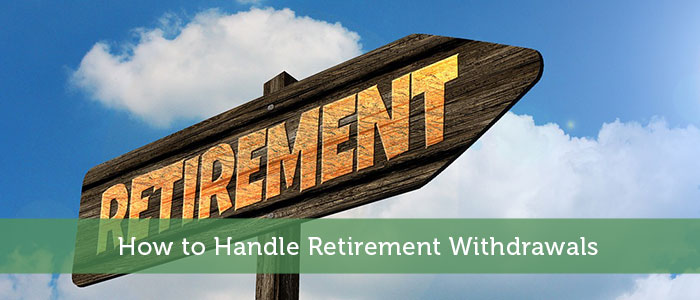There are two main schools of thought when it comes to retiring and drawing down the money from an investment portfolio. One common practice is called the four percent safe withdrawal rate. The other, a more conservative method, is to never touch your principal.
The safe withdrawal rate (SWR) of 4% is a method used by retirees to determine how much they can withdraw from their accounts each year without running out of money before reaching the end of their lives. The safe withdrawal rate method tries to balance living a comfortable lifestyle in retirement without depleting retirement savings prematurely. For example if someone has a one million dollar retirement, they can safely withdraw 4%, or $40,000 from their portfolio in the first year of retirement. The author behind this research is Bill Bengen. He conducted the test over twenty years ago in 1994. But how does the 4% rule hold up today, especially after the great recession in 2008? Bill recently did some further research into the 4% safe withdrawal rate and according to him, the popular rule still holds true today. In fact, he even states that retirees can safely withdrawal not just 4%, but actually 4.5% if they are okay with their nest eggs lasting for only 30 years. In an “ask me anything” internet thread from last month, Bill says that 4.5% is the “percentage you could “safely” withdraw from a tax-advantaged portfolio, such as an IRA, or 401(k), the first year of retirement, with the expectation you would live for 30 years in retirement. After the first year, you “throw away the 4.5% rule and just increase the dollar amount of your withdrawals each year by the prior year’s inflation rate.” Bill says that his “4.5% rule represents the “worst case” experience of a retiree who retired in late 1968 or early 1969. This retiree experienced two early bear markets and very high inflation for decades.”
The SWR is a great rule of thumb to follow that should work for most retirees. But for a more conservative approach where capital preservation is more important, investors can choose to only live off the interest and dividends from their nest egg. This method is called NTYP or never touch your principal. This can be difficult to implement because most conventional investments don’t pay a very high interest rate. But alternative asset classes have become available to most investors over the last decade. For example, peer to peer lending platforms such as Prosper is seeing a lot of growth. Investors/lenders can use Propser as a lending tool to look at a bunch of loan applications. These applications are submitted by Prosper’s registered users, which all have a credit score of at least 640, and are applying for loans worth $2,000 to $35,000 over 36 and 60 month terms. These applicants are graded according to their creditworthiness, and the cost of their loans (in terms of APR) is clearly listed. Lenders inspect these criteria for personal loans and decide which loans to fund, in increments of $25. By lending to many borrowers in such small chunks, Prosper lenders are well diversified within the platform. Prosper uses an in depth analysis of much more than credit scores to give a score of their own. The scores range from AA to E. The interest rate on a loan with an AA rating is about 5%, while that of an E can be about 23%. There is an additional rating deemed HR or high risk, which comes below an E rating in terms of the borrower’s credit worthiness. One risk is of course the principal can be lost if the borrower defaults. Because p2p lending is still relatively new and the risk to reward is quite aggressive it would be prudent to not put too much of one’s net egg in this asset class.




